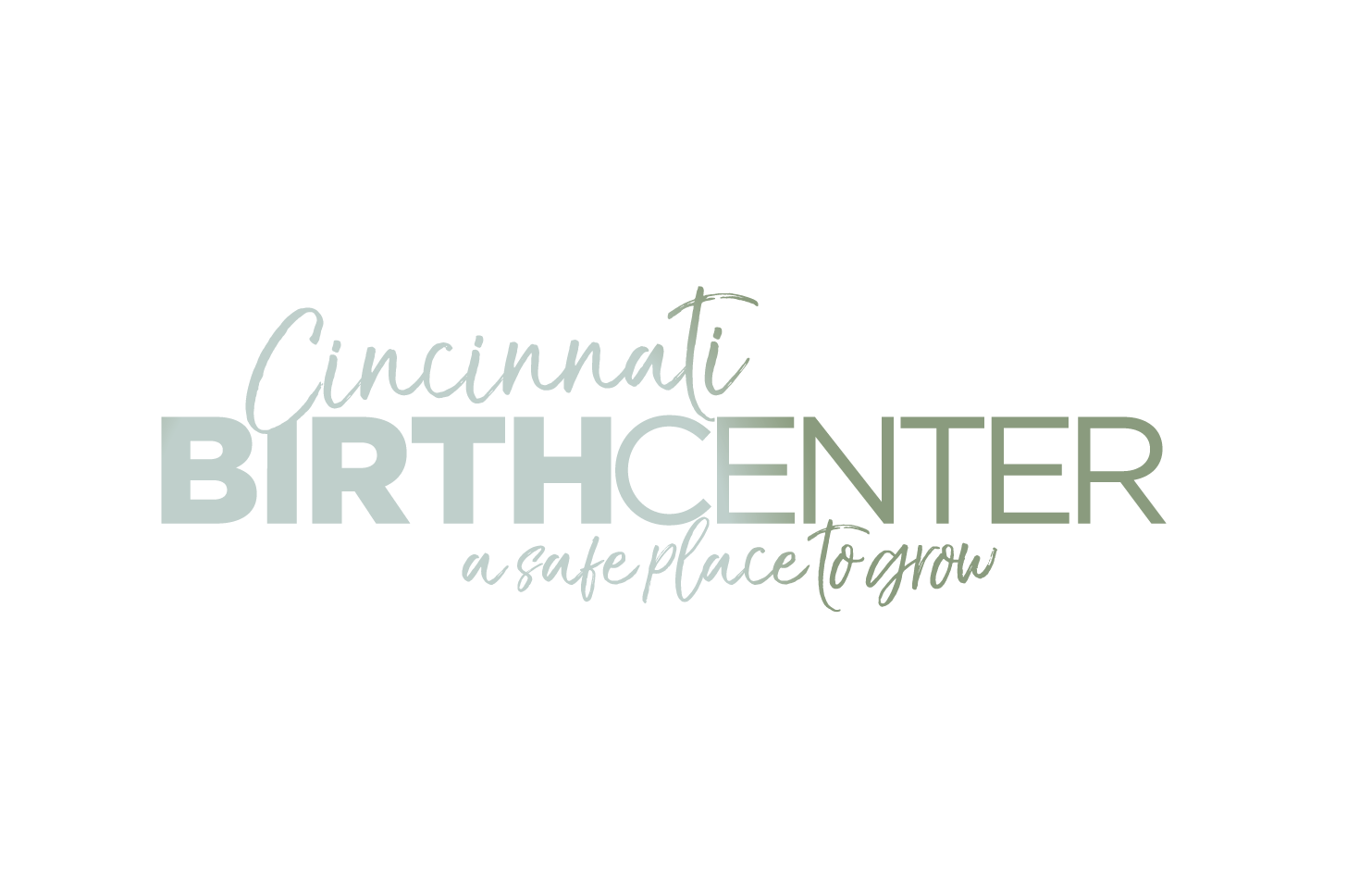Nothing beats the ecstasy of Giving birth your way!!!
““The Cincinnati Birth Center is one of the only providers in my area with whom I did not have to compromise my autonomy in my natural pregnancy and birth experience.””
After internal data showed cost as a major barrier to care, Cincinnati Birth Center (CBC) implemented a financial aid program and in 2022, CBC provided 12 birthing individuals a total of $18,000 in financial assistance to cover costs of midwifery care. These applicants met federal poverty guidelines, qualifying for food assistance and Medicaid. The majority of these participants self-identified as Black or African American and live inside city limits.
In the past 3 years the CBC midwifery practice has been open, the rate of patients having a normal spontaneous vaginal delivery, without assistance of forceps or vacuum extraction is 90%. CBC’s practice has a cesarean rate of only 5% compared to the national average of 30%. This is a huge reduction in unnecessary surgeries, which increase the rates of maternal mortality. In the US, Black mothers are 4x more likely to die of pregnancy related causes than their white counterparts, regardless of level of education and income (Creanga, Syverson, Seed, Callaghan, 2017).
The CBC practice’s preterm birth rate is zero. Among black women, 1 in 8 babies is born too soon-that’s a preterm birth rate 48% higher than the rate among other women and recent data show these disparities in preterm birth are worsening (March of Dimes Perinatal Data Center, February 2017). Additionally, preterm-related causes of death account for 43.7% of infant deaths among black babies.
We believe the number of low-income women who desire midwifery care and live in Cincinnati is much higher than the women served. We want everyone who desires it to receive the benefits of midwifery care, which include lowered rates of preterm birth and higher rates of normal spontaneous vaginal delivery and breastfeeding.
Applicants who wish to receive midwifery care complete a short application. After applications are reviewed, applicants receive a letter of acceptance or denial based on their responses to the questionnaire, using the federal poverty guidelines as qualification.
“I never felt pressured to do anything and was encouraged to listen to my body. That made me feel great and gave me strength as well as confidence in myself”
Budget
$2500 covers access to full prenatal, birth, and postpartum midwifery care per person. In 2023 we’ve already been able to cover care for 12 clients, totaling over $24,000, with help from the Greater Cincinnati Foundation’s Boots on the Ground grant.
Scan the QR Code to Give through paypal
Outcome:
We anticipate the outcomes of recipients to be similar to the practice’s data, with a 90% rate of normal spontaneous vaginal birth, high rates of patient satisfaction, low rates of postpartum depression, and high rates of breastfeeding at 6 weeks postpartum. Indeed, according to the Center for Medicare and Medicaid Services Strong Start for Mothers and Newborns, and many other studies, midwives have a direct impact on decreasing infant mortality because the midwifery model supports healthier pregnancies with fewer preterm births and low birth weight infants, supported birth experiences with fewer interventions, lower rates of cesarean section, postpartum education and support, and higher rates of breastfeeding.
When clients establish midwifery care, they will be asked to take part in the American Association of Birth Centers Perinatal Data Registry (PDR). Participation in the PDR research is voluntary and participants must consent to participation. The PDR collects information after the mother’s first prenatal visit, in the third trimester, after labor and delivery, and once postpartum care is completed.
After care is complete, families who receive midwifery care will be asked to complete a HIPAA secure satisfaction survey on a Google workspace form. This satisfaction survey will be de-identified and used for internal research and care evaluation purposes. In 2021, our survey respondents reported a high level of satisfaction with care.
Demographics:
The majority of applicants identify as Black or African American, with a household monthly income range between $700-3000. The majority (80%) of applicants will have at least one child, with approximately 10% of applicants having four or more children. More than 90% of recipients will be located within the city of Cincinnati.
““This was baby number five for me, and for the first time the things that I wanted for my birth were both acknowledged and
implemented.””




